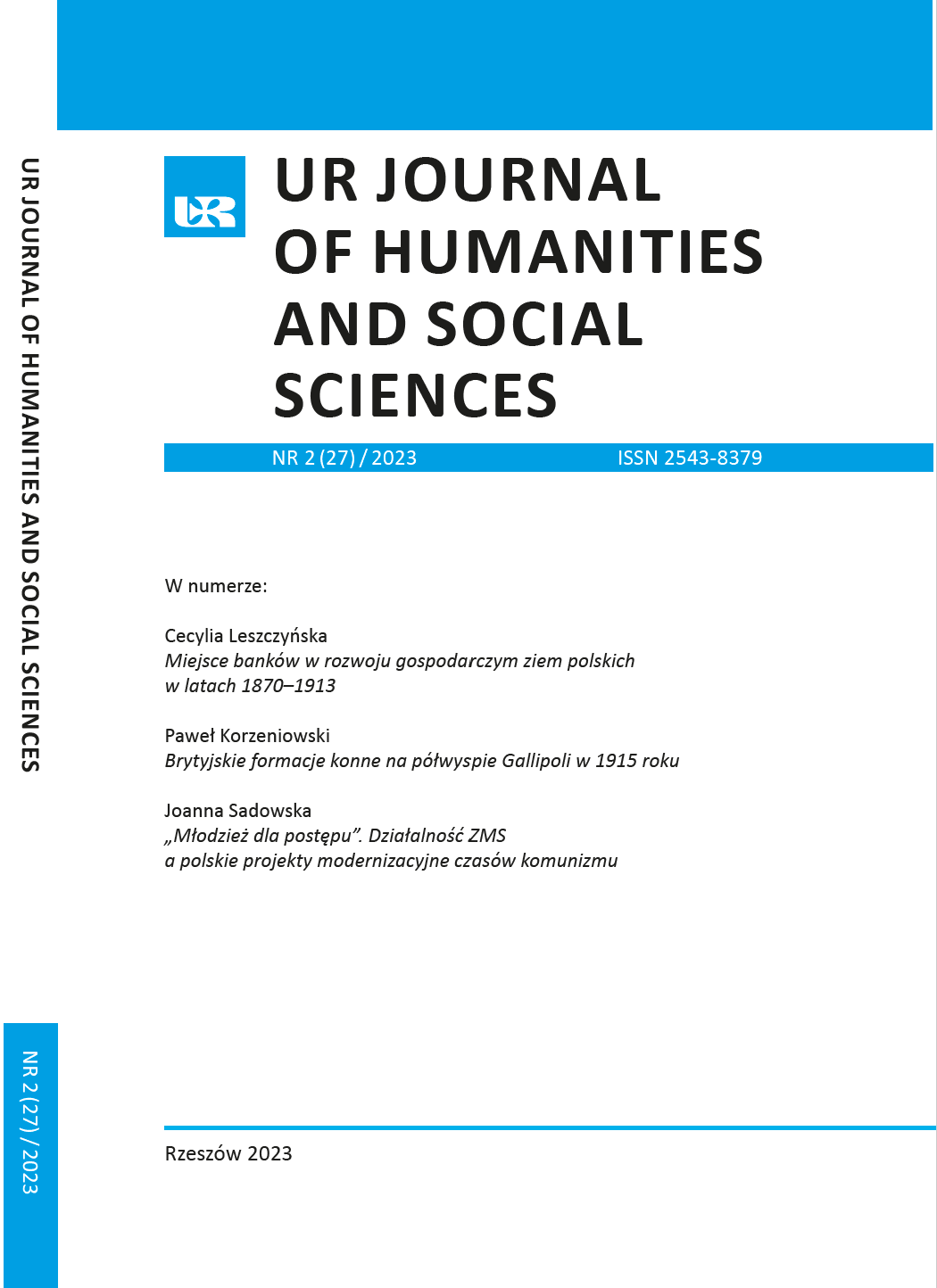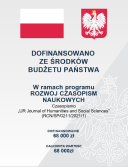Modernisation of farming methods at the royal table estates of the Bishopric of Cracow in the late Middle Ages
DOI:
https://doi.org/10.15584/johass.2023.2.1Keywords:
Middle Ages, Bishopric of Cracow, economic methods, serf-based farms, Old-Polish Industrial RegionAbstract
The fifteenth century was a period of significant changes in the economic life of Poland, leading to the creation of the manorial-feudal system, which subsequently had an overwhelming and negative impact on the country's life in the following centuries. One of the precursors of this economic model was the church estates, which were typically larger, more stable and more efficiently managed than private or royal estates at that time (that were held in constant pledge). The largest church latifundia in Poland at that time were those of the Archbishops of Gniezno and the Bishops of Cracow. In the early sixteenth century, the estates of the Bishops of Cracow included 13 towns and 258 villages which they owned and 31 towns and 1,257 villages paying tithes. They were scattered throughout the diocese, i.e. Polonia Minor and Terra Lublinensis. In the late Middle Ages, almost all the Bishops of Cracow supported the development of these estates, most of them focusing on traditional methods of enlarging the domains by purchase (which, later on, met with resistance from the nobility) and the foundation of new settlements based on Magdeburg Law (this was facilitated by the possession of solid, undeveloped lands – e.g. in the area of the Świętokrzyskie Mountains). There were two bishops who made particularly significant contributions: Zbigniew Oleśnicki (1423–1455) and Jan Konarski (1502–1525). Besides the traditional efforts to expand the estates by purchase and settlement, they also undertook highly innovative measures to increase the profitability of the estates. Zbigniew Oleśnicki implemented modern administrative methods, attempting to list the constituent elements of the latifundium, sources of income, collect and document information on the bishop's property rights, and the obligations of peasants and soltyses. Using the documents he collected, he then often pursued the return of illegally seized revenues in court. He actively expanded his own economic activities, mainly by establishing serf-based farms that produced grain for sale. By the end of Oleśnicki's pontificate, there were 52 such farms in the bishop's latifundium. Jan Długosz, the future chronicler, became the trusted executor of the hierarch's plans. It is thanks to his descriptions and documents that we are able to discern the nature of the bishop’s estates and the innovations introduced in them. It should be noted, however, that the modern administrative methods contributed to the introduction of farming methods that proved disadvantageous in the long run, i.e. the manorial-feudal system. This, however, was hardly foreseeable at the time of Zbigniew Oleśnicki and Jan Długosz. Jan Konarski made equally significant contributions to the bishop's estates. He ex-panded them through purchases, but most importantly, he arranged the exploitation, smelting and processing of metal ores, especially iron, in the episcopal domains. He established ore mines and forges in the Świętokrzyskie Mountains region. These facilities operated on a feudal basis, but provided the foundation for the development of the future Old-Polish Industrial Region.
Downloads
Downloads
Published
How to Cite
Issue
Section
License
Copyright (c) 2023 Wydawnictwo Uniwersytetu Rzeszowskiego

This work is licensed under a Creative Commons Attribution-NonCommercial 4.0 International License.



